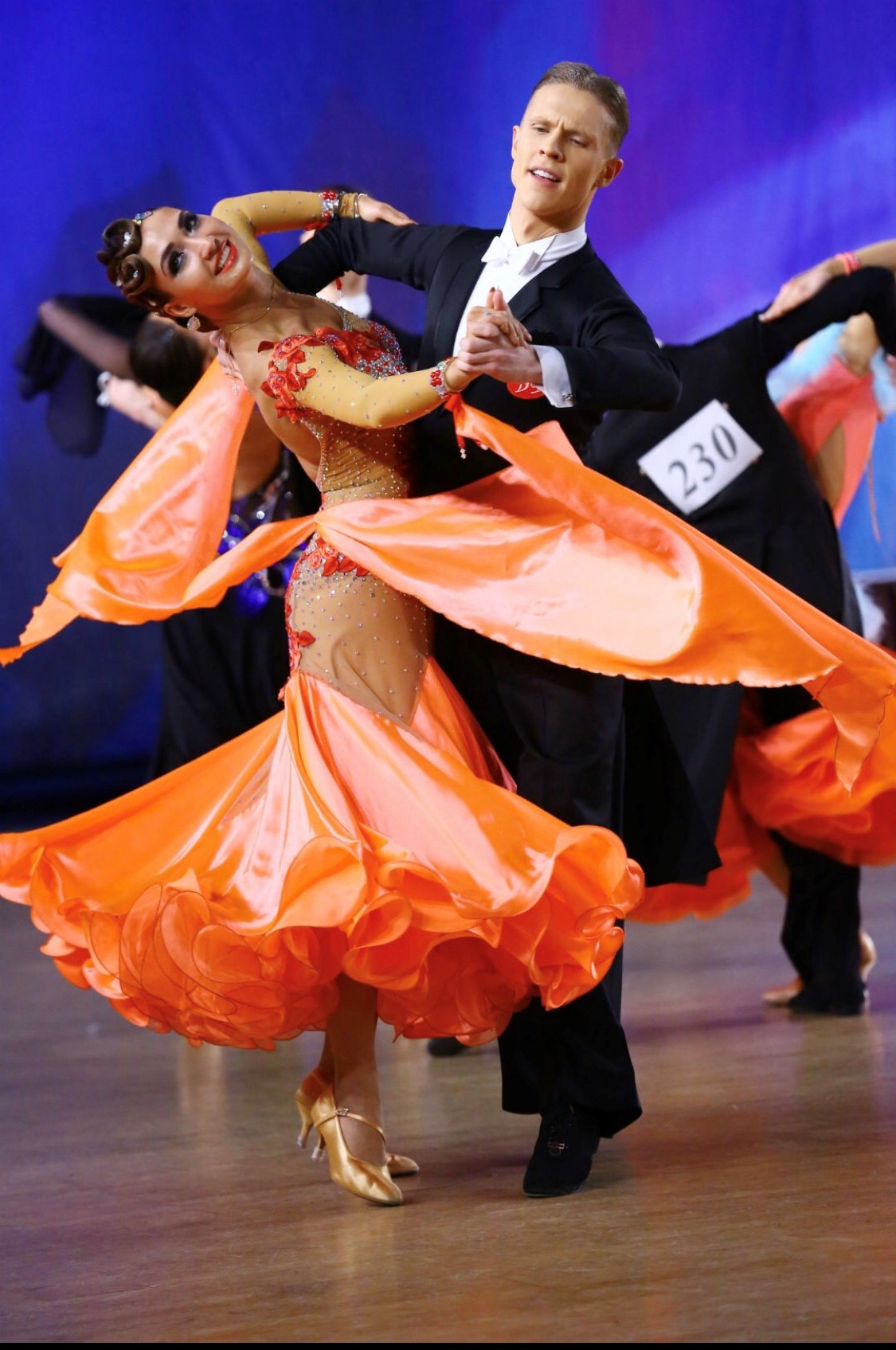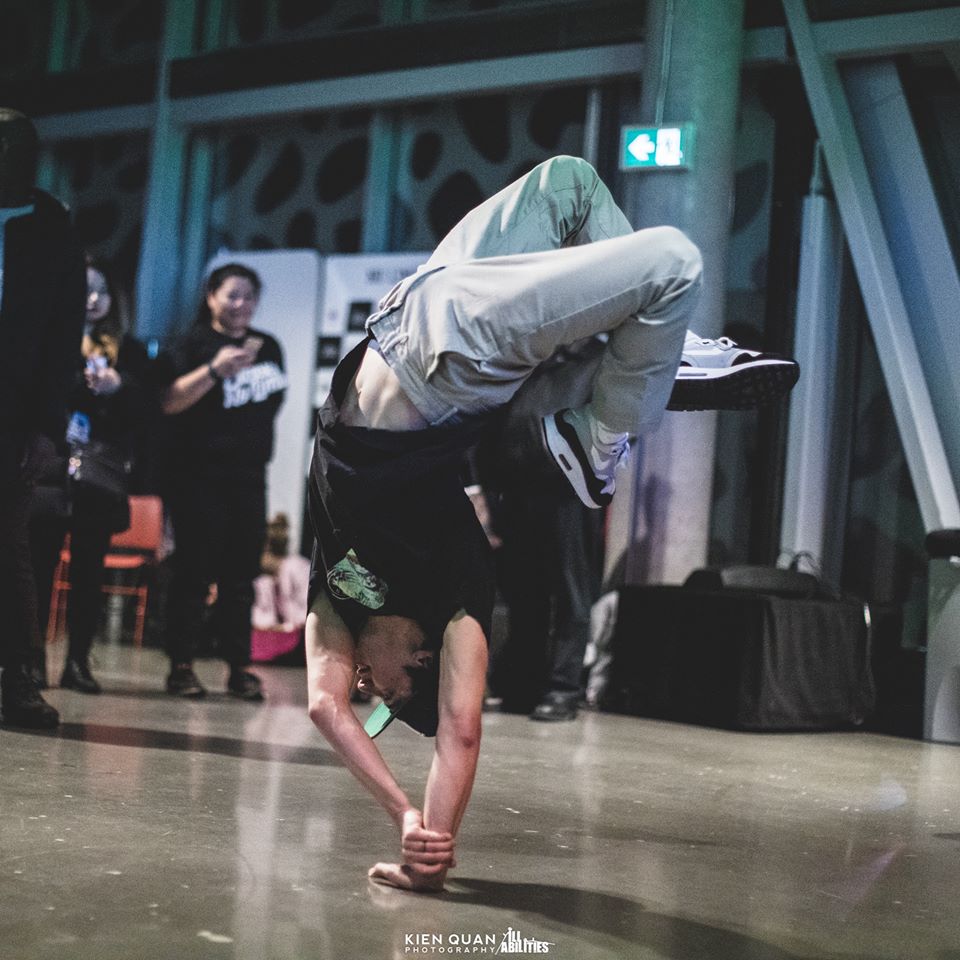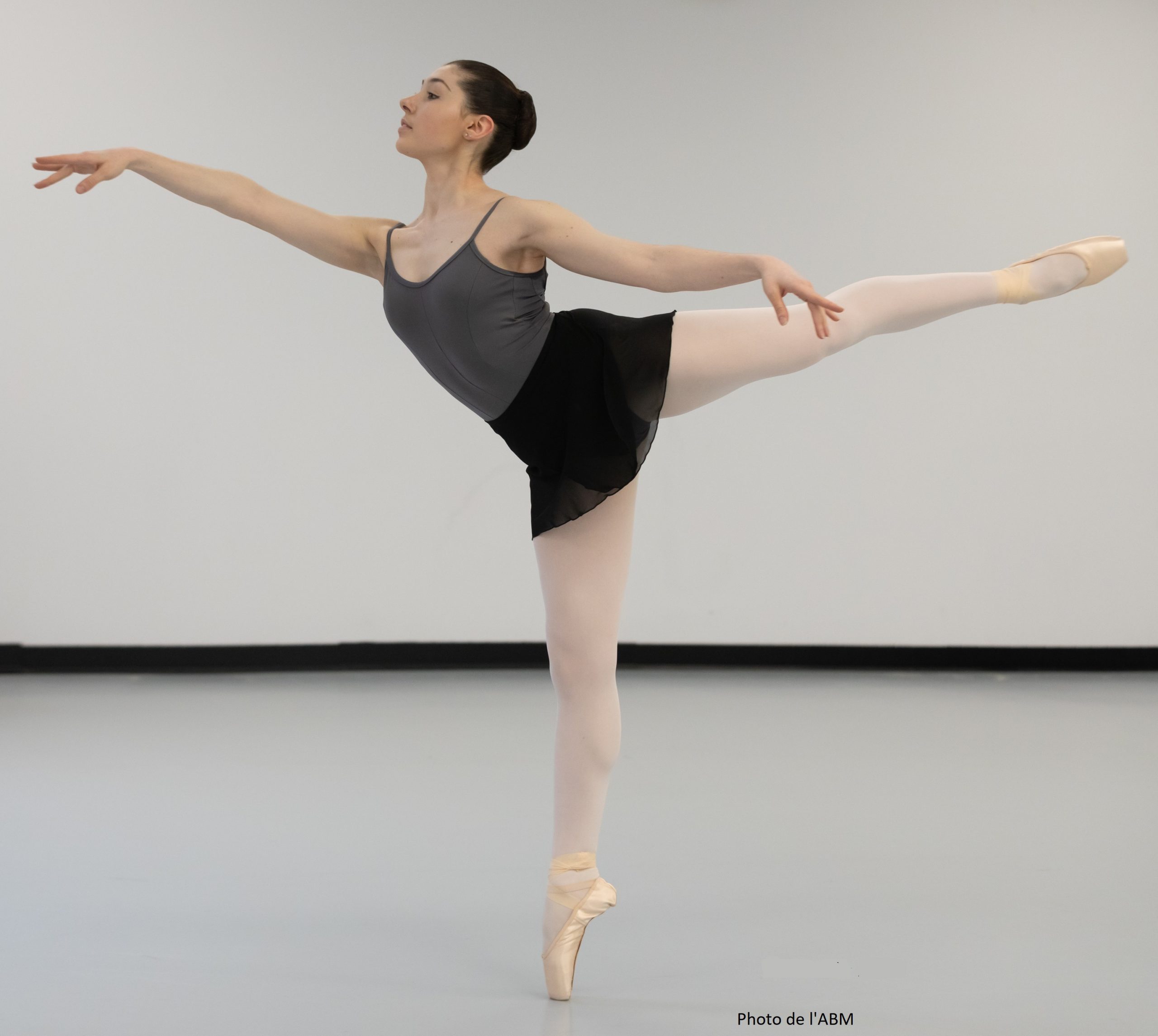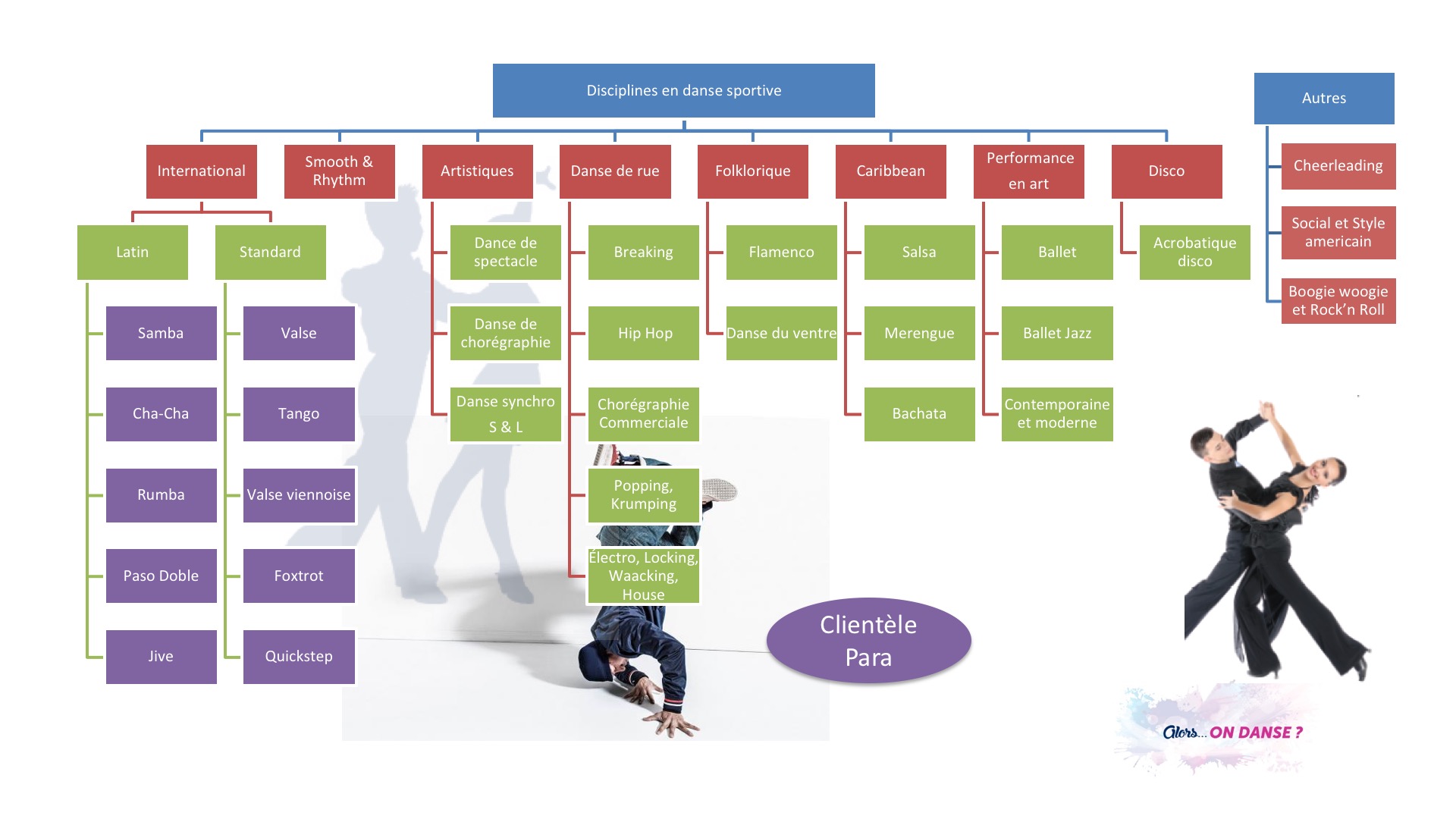Dancesport – International
International dancesport includes two disciplines of dancing in pairs: latin dances and standard dances. The five latin dances (cha cha, samba, rumba, paso doble and jive) are energetic and each have very distinct features. In the five standard dances (slow waltz, tango, viennese waltz, foxtrot and quick step), also known as modern dances or ballroom dances, the couples dance in a locked position rotating counterclockwise by doing turns on the dance floor.


Danses Latines
Danses Standards
Dancesport – Street Dance
The street dance includes several forms of dance that have evolved to an amazing degree in recent years to the point where the Paris Organizing Committee for the 2024 Olympics has confirmed that one of the specialties in street dance, Break (break dancing) will be included as a new sport. The final decision was made in December 2020. Other forms included in WDSF, CDS and DSQ programs are popping, krumping, hip hop, commercial choreography, electro, locking, waacking, and house.

Each of these styles of dance has its own features, but they also have common characteristics which make it possible for us to group them together. The amazing rate at which each of them has developed gives us hope that we’ll see a significant growth in dancesport as a whole over the next few years. It is also important to note that these dances are practiced as solo, duet and team performances. Within the WDSF age classification, age groups are clearly specified.

Break (also called breaking, or break dance by the media) is an acrobatic dance which started in New York in the 1970s. This is probably the most difficult street dance to master because of the physical demands made on the body. From its New York roots, break became popular in Québec in the mid-1980s, when it enjoyed unparalleled media fame throughout the United States and around the world. This dance has been and continues to be extremely popular in many countries, including South Korea, Japan, France and the Netherlands, to name a few. The way in which it has developed however, differs from country to country.
Nowadays, some private and public investors provide generous subsidies in Asia and Europe. This backing explains why break has a much more pronounced growth as a sport and artistic discipline in these continents than in America.
Dancesport – Performing Arts
Jazz ballet (Jazz) can be described as fast tempo and slow tempo. Originally, jazz dance was created to entertain oneself and others. The defining steps of this type of dance are characterized by their theatrical aspect. Jazz techniques typically include isolations, lines, turns, kicks, jumps, pas de bourrée, jazz walks.
Modern and contemporary dance is a sequence of steps that can be freely interpreted. This dance can be defined as a freestyle dance that also incorporates elements of classical ballet. Modern and contemporary styles must include balance, control and extension movements. It uses the whole body, all possible movements of the body, creates new figures, injects new compositions while leaving space for experimenting with body movements and music.

Strictly speaking, classical dance or classical ballet refers to the essence of all the dance movements used in present-day dancesport. Movements powered with increasing amplitude and power have been added to the grace and elegance of the classical dancers. Today’s classical ballet dancer must be able to focus and perform movements requiring flexibility and elasticity.
Dancesport – Artistic
These dances are defined as a theatrical representation of a story performed to music by one dancer, a couple or a group of dancers. Its features include show dance, choreography dance (standard and latin) and synchro dance (standard and latin).
Dancesport – Caribbean
Caribbean dancesports are dances that are performed as a couple and considered to be the competitive version of latin dance styles like salsa, merengue and bachata.
Dancesport – Folk
These are dances that originate in the deep traditions of a region or country. Only a few of these dances qualify as dancesports, namely Flamenco and belly dancing.
Dancesport – Disco and Acrobatic Disco
Following the traditional rhythm of disco music, the characteristics of disco dance are the body pump where the body moves in basic contractions and extensions. None of the movements may be sexual in nature. Personal interpretations of contemporary trends are permitted. The specific aspects for disco dancing performed as a couple are synchronized movements on the dance floor – steps like follow the leader, shadows and mirror choreography. The distance between the dancers cannot exceed 3 (three) meters. For disco dance teams to qualify, they must have variations in their formations, be able to hold lines and positions, and ultimately be able to accentuate effects and highlights. Acrobatics and lifts are not allowed in disco dance. They are part of the acrobatic disco dance (freestyle).
Acrobatic dance incorporates advanced acrobatics. At least 40% of the performance should be acrobatic and 60% disco dancing. The quality of the acrobatics is just as essential in the judging as the level of difficulty of the acrobatic movement.

